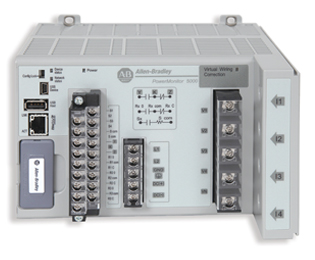The ability to remotely monitor your refrigeration system can have a significant impact on your bottom line, reducing energy, maintenance and overall operating costs. If you’ve recently upgraded your refrigeration controls system or are in the process of upgrading, it’s important to ensure your new system offers remote access. This will allow for speedy diagnostics, offsite troubleshooting capabilities, and constant monitoring, all with a “big picture” view of the entire system.
There are three key benefits of remote monitoring:
1. Diagnostics
Remote access allows your team or an outsourced consultant to monitor the system 24/7 for alerts such as refrigerant leak detection, high liquid levels, high product temperatures, high system pressure, and more. Outsourced consultants who offer a higher level of specialized expertise than your in-house team can view your entire system in real time and offer advanced insight and support.
2. Data gathering/analysis
Remote access enables your monitoring team to generate trend analyses, alarm logs, energy management data, and runtime reports in real-time. These reports allow you to identify inconsistencies and trends that could be wasting energy so you can make the necessary changes to improve efficiency.
3. Remote control
Using the data from these reports, your monitoring team can make the necessary changes and modifications at the touch of a button from the comfort of their offices or wherever they may be.
In the next post in our series on refrigeration controls systems, we’ll review HMIs.



